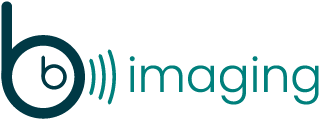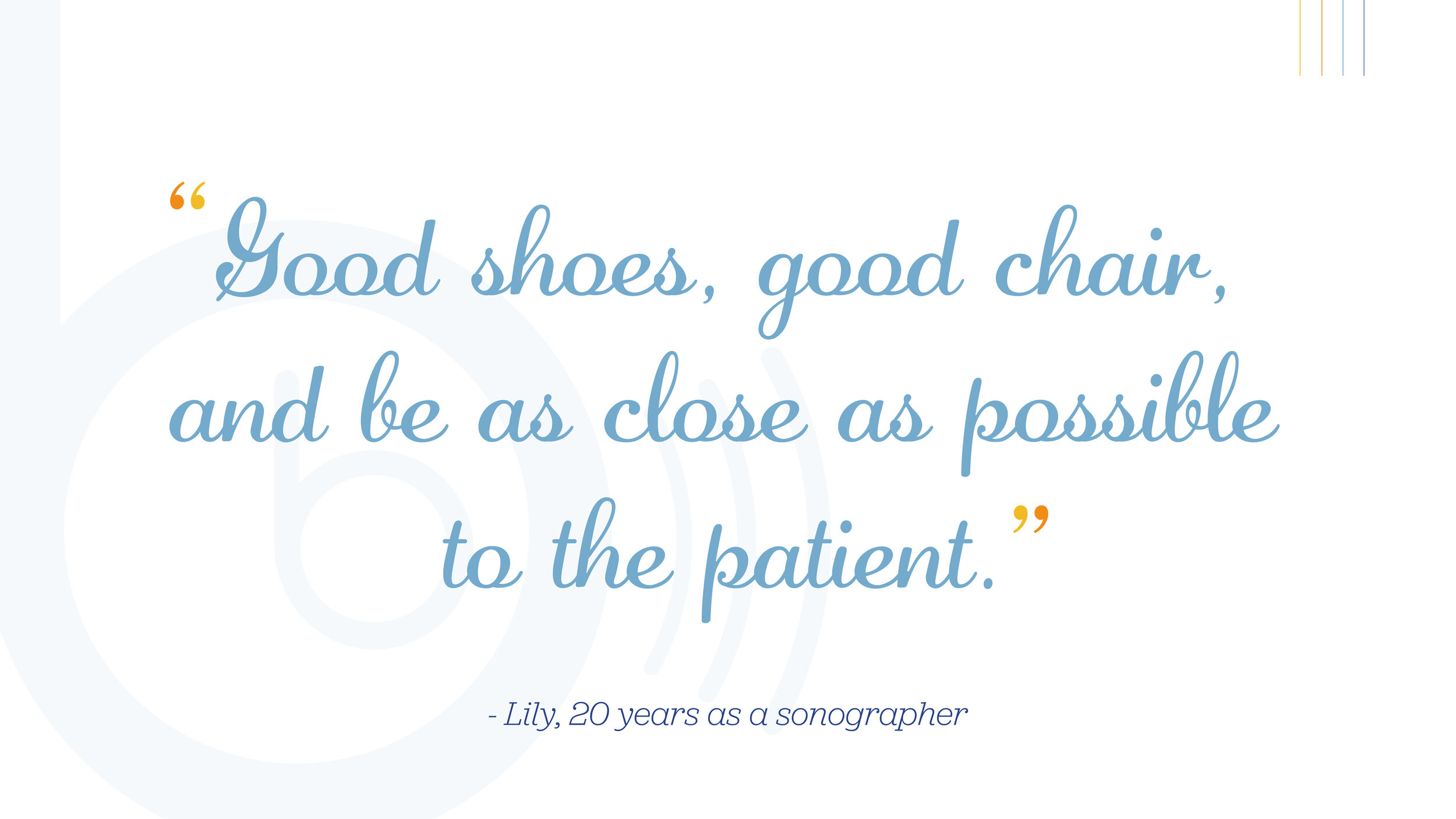BB Imaging has grown exponentially in the last year. Our staffing needs led us to try some new recruiting methods, including a recent speed interview format. This was our first round of speed interviews, and it was a tremendous success. If you’re considering a speed interview event, we’d love to share what this format is like and a few tips for candidate success.
What are Speed Interviews?
If you hear “speed interview” and immediately think of speed dating, you’re on the right track! Much like speed dating, speed interviewing is designed to help both job seekers and employers determine whether they’re a good fit for each other within just a few minutes. Interviews are usually one-on-one between the candidate and interviewer, can be in-person or virtual, and only last 5-15 minutes.
Job seekers will need to focus on getting their answers across quickly but clearly. Here are our top 10 tips on prepping for speed interviews and how to answer some of the toughest questions:
1. Dress Up
Yes, you still need to dress up, even if all your interviews are conference calls. Professionalism is a must, but the level of dress will be determined by the company interviewing you. A bunch of startups won’t require the same dress code as established, big-name firms. The key is to dress to impress without going over the top. If that’s difficult for you, don’t worry, we get it. Here are some helpful articles with general interview attire recommendations as well as specific ideas for outfits for women and outfits for men.
2. Be Personable and Confident
There isn’t a single company wanting to hire a slouchy, sullen personality. First impressions are vital, especially in a speed interview setting. That means you need to greet the interviewer with a smile and friendly salutation. Your body language should also be alert and positive. Sit up straight, don’t cross your arms, and make sure to indicate your attention through head nods and short verbal affirmations.
In addition to being personable, you also want to appear confident. Remember to speak up and speak clearly. If you’re meeting virtually, the call quality can vary, and if you’re in person, there may be several conversations going on at once that could muffle your voice. You don’t want to waste time repeating yourself because the interviewer can’t make out your answers.
3. Prep Your Pitch
Companies often begin interviews by asking candidates to tell them “a little bit about yourself.” This is a softball question meant to kick things off, but it can be difficult to answer if you don’t plan ahead. The best way to answer is to provide some brief background information about your career and how those experiences have prepped you to meet the requirements of the job you’re applying for now. You may also discuss how you found the employer, what attracts you to their company, and why you’re interested in pursuing this opportunity.
We know that seems like a lot of information, but try to condense it to a few practiced sentences. This is your chance to set the tone for the interview, so make it count.
4. Put a Positive Spin on Your Circumstances
No one likes answering questions about gaps in their work history, and questions like how your job search is going and why you’re looking for work can seem rude and intrusive. But keep in mind, the hiring company is likely just trying to gauge your availability and determine whether you’re a job hopper. In addition, they may be looking to fill a position as soon as possible, or may be playing a longer hiring game.
CareerAddict suggests answering with, “I’m interviewing, but your company is among my top choices. How soon would you like someone to start?” If gaps are your concern, play up your enthusiasm for the future by quickly outlining your career path and how it ultimately led to your interest in the company.
5. Don’t Be Negative
Recruiters and hiring managers count negativity as a major red flag. We think Elaine P. Maimon said it best in a recent article for Inside Higher Ed: “Diplomacy is of the essence. No matter how miserable the candidate’s current situation, it’s a red flag to dump on one’s previous institution. Dare I extend the speed-dating comparison? Complaints about one’s ex are off-limits.”
6. Show and Tell Your Accomplishments
Go through your work or education history and pair your best achievements with the requirements companies are seeking. Hard skills that you can tie a number to are spectacular (I wrote 123 lines of code) as are stories about how your soft skills helped solve a problem (My calm and even voice helped to calm a patient as I explained her diagnosis).
Try to present these accomplishments in a short narrative that discusses both the problem and your solution. And don’t waste time discussing achievements that aren’t directly related to the position you’re applying for.
7. (Don’t) Curb Your Enthusiasm
Location, prestige, and paycheck are not good answers to the question, “Why do you want to work for us?” Companies are looking for people who aren’t just a good fit for the role, but for the company culture as well. Do some research before your interview to determine how their company values and mission align with your personal values and goals. Maybe their corporate social responsibility initiative really speaks to you. Maybe their commitment to sustainability and net-zero goal gets you excited. Maybe it’s their commitment to work-life balance and 36-hour workweeks (yep, that exists).
Whatever it is, share that reason for being interested in working for them.
8. Ask Questions
Wanna know another red flag? Having no questions to ask the interviewer. It communicates lack of interest and/or a lack of preparation. We know it can be difficult to come up with questions on the spot, so check out these 51 Great Questions to Ask from The Muse or these 10 Impressive Questions to Ask from The Cut.
9. Send a Follow Up
So what if it only took 5 minutes? Send a card or quick email to show your gratitude for the interviewer’s time. If you don’t get contact information before the event, try to collect email addresses during the event. That can be one question for the interviewer!
Remember, interviewers have seen a lot of candidates, so this isn’t an outdated formality—it’s your opportunity to reiterate a couple key points from your conversation and make your candidacy stand out. Need help? Look through these follow up email tips and examples from Indeed.
10. Take a Break!
You deserve it. Let’s be honest, interviews are hard, and the speed interview setup can be intimidating and exhausting. Take a little time to clear your head and process your interviews. Quickly recap what you think went well and identify what you could do better next time. Then do something fun. Talk a walk, pet your dog, do that creative thing that makes you happy.
And hey, if you (unfortunately) receive a refusal letter, here’s how to respond to a rejection from The Balance Careers. Just know it happens to everyone, and there’s another great opportunity out there with your name on it.
We hope these tips are helpful to you if you’ve never participated in a speed interview. Plus, many of these tips can be applied to any interview format, so be sure to share them with your job-hunting friends.
By the way, BB Imaging is still growing, which means we’re still hiring!











